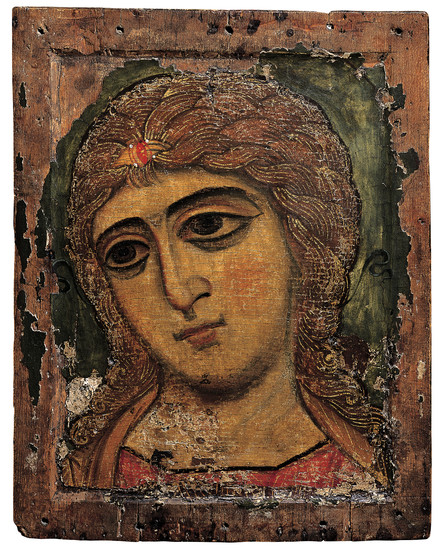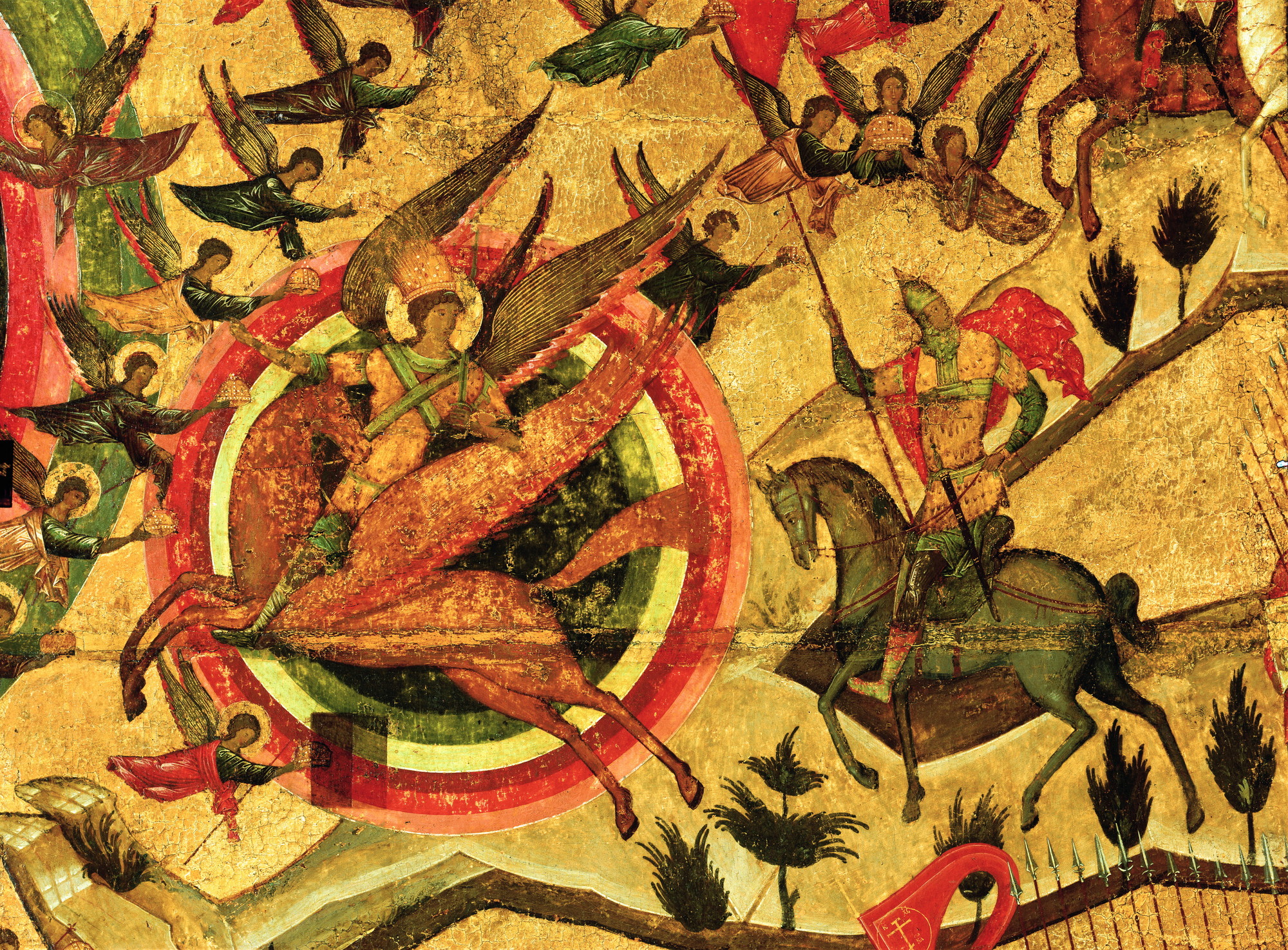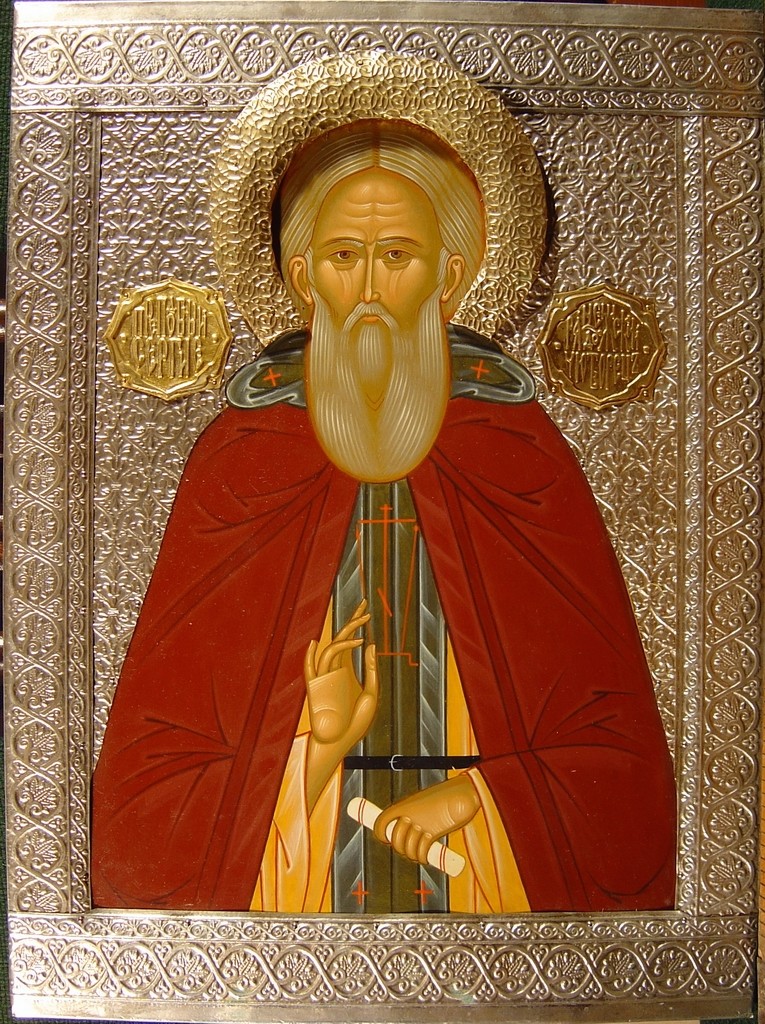Possibly the most revered and well-known Russian Orthodox icon, Our Lady of Kazan was discovered in Kazan in 1579.
The story goes that there was a huge fire in the city, which started in the house of a local merchant. Following the devastation his young daughter began to dream of an icon of the Virgin Mary hidden in the debris. Her family ignored her tales, but as the girls’ dream continued to recur she decided to go on a search for the hidden icon. After investigating the ruins of her father’s house she found the icon hidden deep under the furnace.
The story goes that there was a huge fire in the city, which started in the house of a local merchant. Following the devastation his young daughter began to dream of an icon of the Virgin Mary hidden in the debris. Her family ignored her tales, but as the girls’ dream continued to recur she decided to go on a search for the hidden icon. After investigating the ruins of her father’s house she found the icon hidden deep under the furnace.
It was in immaculate condition and soon began to be associated with various miracles.
As the fame of the icon grew, churches were built in its honour across the empire, copies were made and the icon travelled across the country to assist during Russia’s darkest hours such as during the Polish invasion of 1612, the Swedish invasion in 1709 and during the Napoleonic war.
As the fame of the icon grew, churches were built in its honour across the empire, copies were made and the icon travelled across the country to assist during Russia’s darkest hours such as during the Polish invasion of 1612, the Swedish invasion in 1709 and during the Napoleonic war.
In 1904 however tragedy stuck when Our Lady was stolen from her home in Kazan by thieves who were seduced by the many jewels which covered the icon frame. The disappearance of the icon was credited by many believers to be the cause of many of the terrible events of the following year included the peasant’s revolt of 1905 and Russia’s defeat in the Russo-Japanese war. The thieves were caught some years later, but by this point only the frame remained.
Some of the gang of thieves claimed that the icon was chopped up and burnt, while others said that it was hidden in a remote monastery in the depths of Siberia. The intrigue continued when the police discovered an icon in Siberia which resembled the original – however fearing the consequences of venerating a false copy, they deemed the icon a fake. During Soviet times theories abounded that the Bolsheviks had found the icon and sold it abroad and during the 1970s a new contender was found in Fatima, Portugal. Experts tested the icon and found however that it too was a fake copy dating back to 1730.
In 1993 the Fatima icon was given to Pope John Paul II who hung it in his study. On the Pope’s initiative this version of Our Lady of Kazan was returned to Kazan in 2005 and is now housed in the annunciation Cathedral in the Kremlin. The original icon however is still missing without trace.






